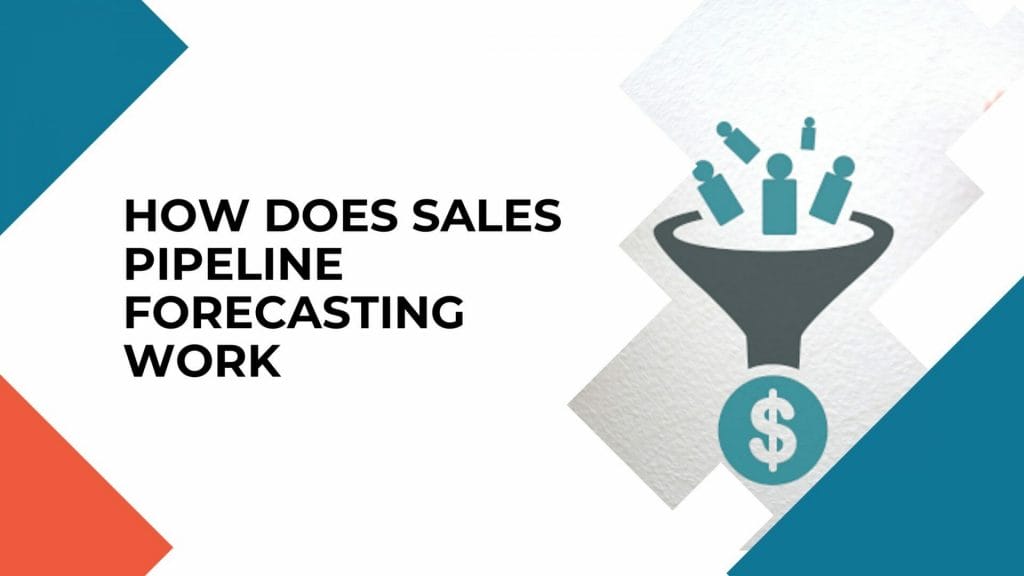Which Statement About Pipelines Is Most Accurate

Conflicting narratives surrounding pipeline safety, environmental impact, and economic necessity have reached a boiling point, demanding immediate clarity.
Determining which statement about pipelines is most accurate requires a careful examination of verifiable data, expert analysis, and a balanced consideration of competing interests, cutting through the rhetoric to establish a factual foundation.
The Great Pipeline Debate: Separating Fact From Fiction
The debate surrounding pipelines is complex, often fueled by emotion and misinformation. Identifying the most accurate statement necessitates a rigorous approach.
Multiple perspectives vie for dominance, each presenting seemingly valid arguments.
We must assess the evidence behind each claim to discern the truth.
Examining Safety Claims
One frequently cited claim is that pipelines are the safest mode of transporting oil and gas. Data from the Pipeline and Hazardous Materials Safety Administration (PHMSA) suggests this has been historically true when compared to rail or truck transport on a per-barrel basis.
However, recent high-profile pipeline failures, such as the 2015 Refugio State Beach oil spill in California caused by a Plains All American Pipeline rupture, have raised serious doubts.
PHMSA data shows that while the frequency of incidents may be lower than other modes, the potential consequences can be devastating.
Environmental Impact Assessment
The environmental impact of pipelines is a major concern. Opponents highlight the risk of spills, which can contaminate soil, water, and wildlife habitats.
The Keystone Pipeline project, for example, faced intense opposition due to concerns about its potential impact on the Ogallala Aquifer and sensitive ecosystems.
Proponents argue that pipelines are designed with advanced safety features and undergo rigorous inspections to minimize the risk of spills.
They also contend that pipelines reduce greenhouse gas emissions compared to other transportation methods.
However, lifecycle assessments, including methane leakage during production and transportation, complicate this argument.
Economic Considerations
Pipelines are often touted as crucial infrastructure for delivering energy resources and creating jobs. The Dakota Access Pipeline, for instance, was promoted as a vital link for transporting crude oil from North Dakota to Illinois.
Construction and operation generate employment opportunities, and pipelines can lower transportation costs, potentially benefiting consumers.
Conversely, opponents argue that the economic benefits are often overstated and disproportionately benefit large corporations.
They also point to the potential for pipelines to displace other industries, such as rail, and to negatively impact local communities through land use changes and environmental degradation.
Regulatory Oversight and Enforcement
Effective regulatory oversight is essential for ensuring pipeline safety and environmental protection. PHMSA is responsible for regulating the safety of oil and gas pipelines in the United States.
However, critics argue that PHMSA's enforcement efforts are often inadequate, citing insufficient staffing, limited inspection frequency, and weak penalties for violations.
Furthermore, the regulatory framework can be complex and fragmented, with overlapping jurisdictions and conflicting regulations.
Strengthening regulatory oversight and enforcement is crucial for mitigating the risks associated with pipelines.
The Most Accurate Statement: A Nuanced Perspective
After careful consideration of the available data and competing perspectives, the most accurate statement about pipelines is that they present a complex trade-off between potential economic benefits and environmental and safety risks.
While pipelines can be a relatively efficient mode of transportation under optimal conditions, the potential for catastrophic failures and environmental damage necessitates rigorous oversight and continuous improvement in safety practices.
Claims of absolute safety or unmitigated economic benefit are demonstrably false.
Moving Forward: Prioritizing Safety and Sustainability
To ensure the responsible development and operation of pipelines, several steps are essential. Increased investment in pipeline safety technology, such as leak detection systems and remote monitoring, is crucial.
Furthermore, strengthening regulatory oversight and enforcement, including increasing inspection frequency and imposing stricter penalties for violations, is necessary.
Finally, engaging in meaningful consultation with affected communities and incorporating their concerns into the decision-making process is essential for building trust and ensuring that pipelines are developed in a sustainable and equitable manner.
The conversation must shift from simplistic pronouncements to nuanced, data-driven assessments of risk and reward. Only then can truly informed decisions be made.
The future of pipeline infrastructure hinges on transparency, accountability, and a unwavering commitment to safety and environmental protection.





![Which Statement About Pipelines Is Most Accurate [ANSWERED] Which of the following statements is most accurate? Energy](https://media.kunduz.com/media/sug-question/raw/80246260-1659893568.5148284.jpeg?h=512)
![Which Statement About Pipelines Is Most Accurate [FREE] which of the following statements is most accurate - brainly.com](https://media.brainly.com/image/rs:fill/w:750/q:75/plain/https://us-static.z-dn.net/files/d07/bc50374e70061724dba6eb507508775e.png)


![Which Statement About Pipelines Is Most Accurate [ANSWERED] Which of the following statements is most accurate? When](https://media.kunduz.com/media/sug-question/raw/47997557-1658683172.6993022.jpeg?h=512)
